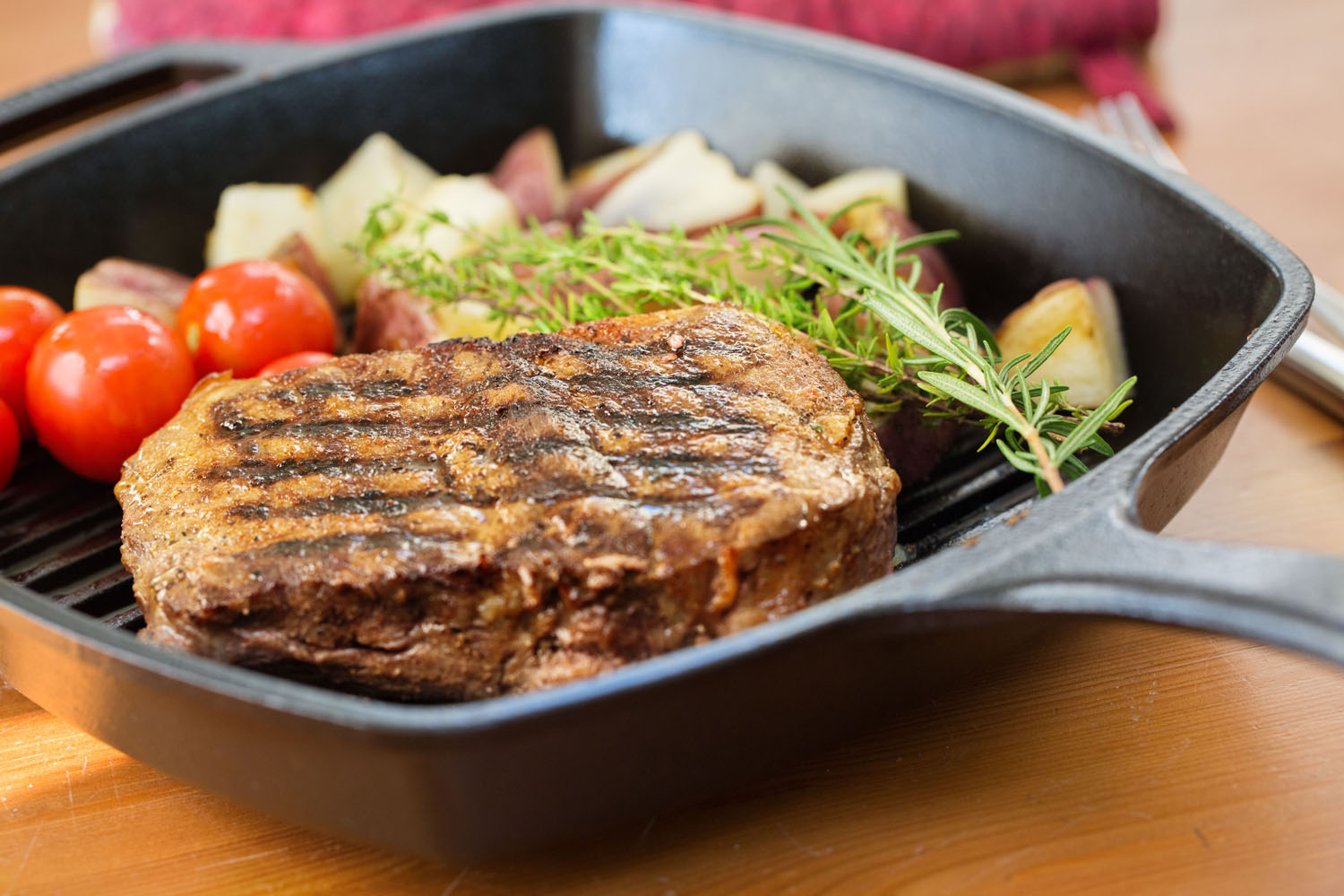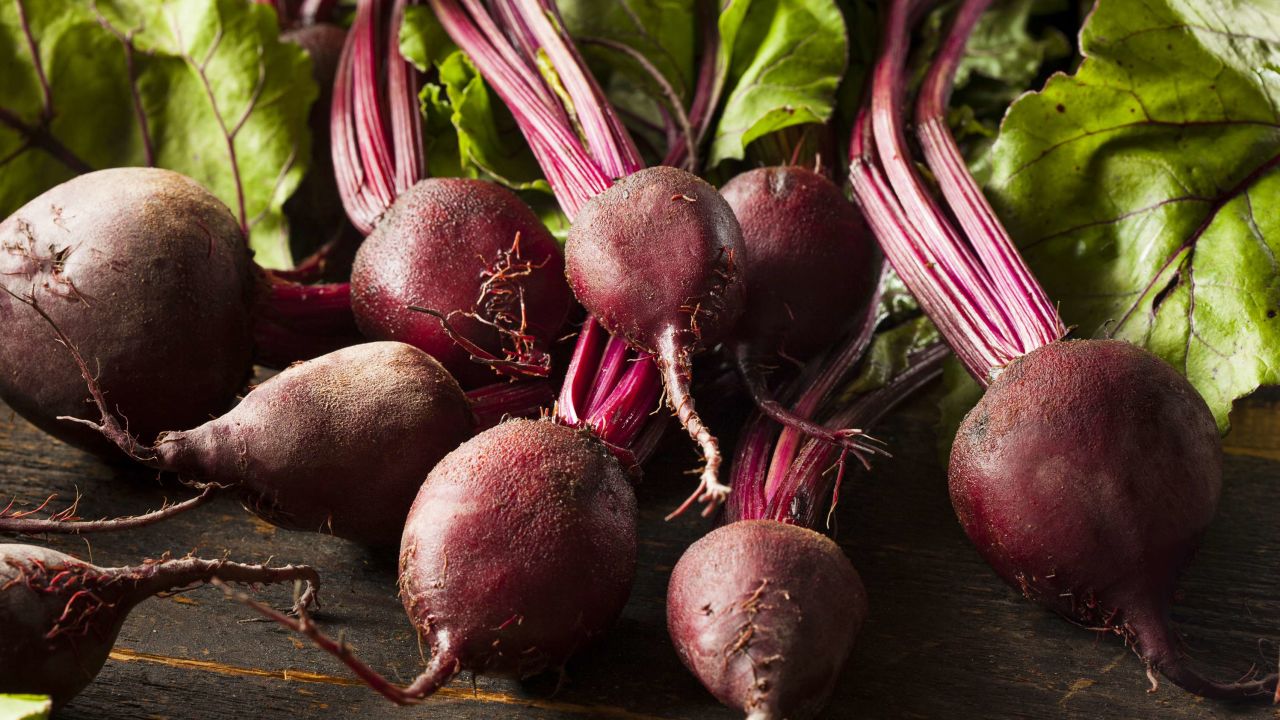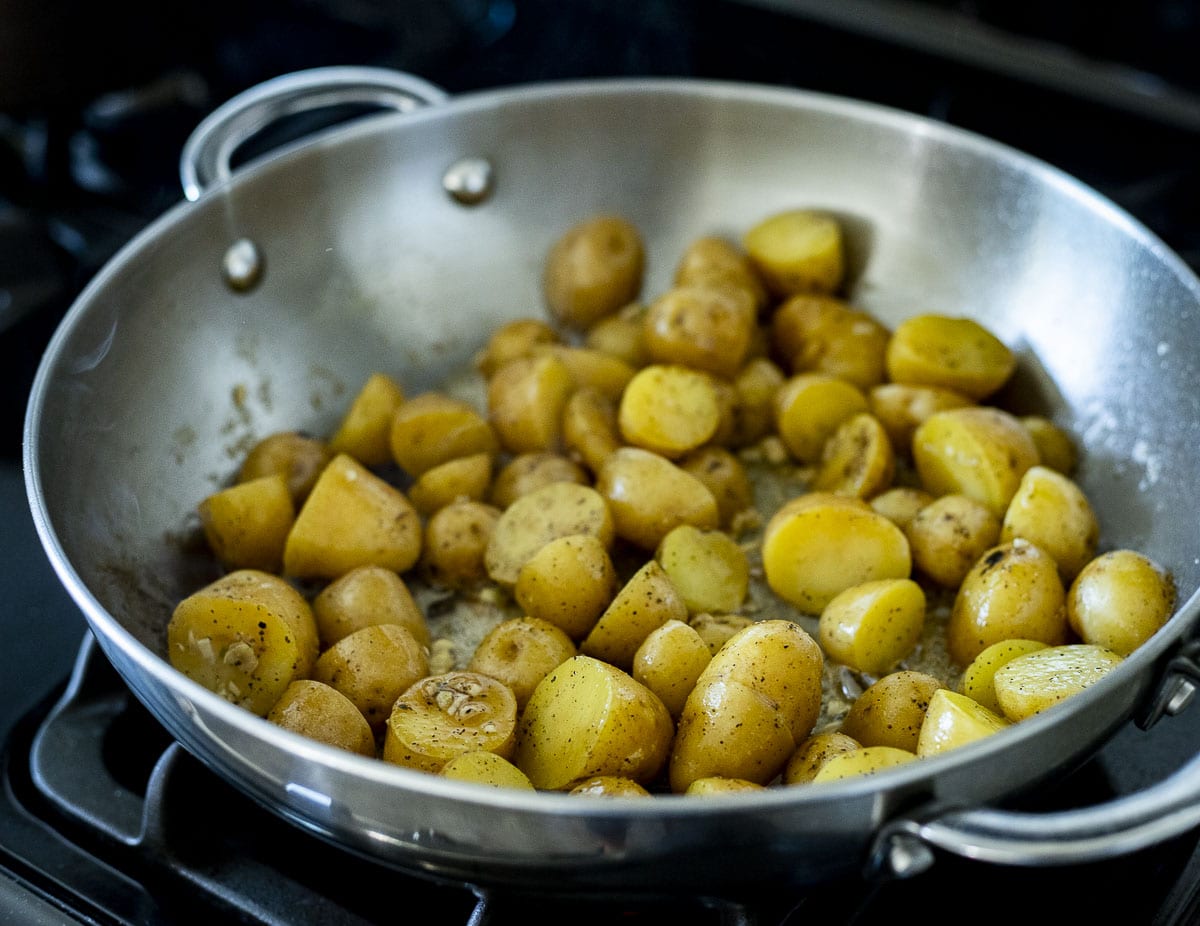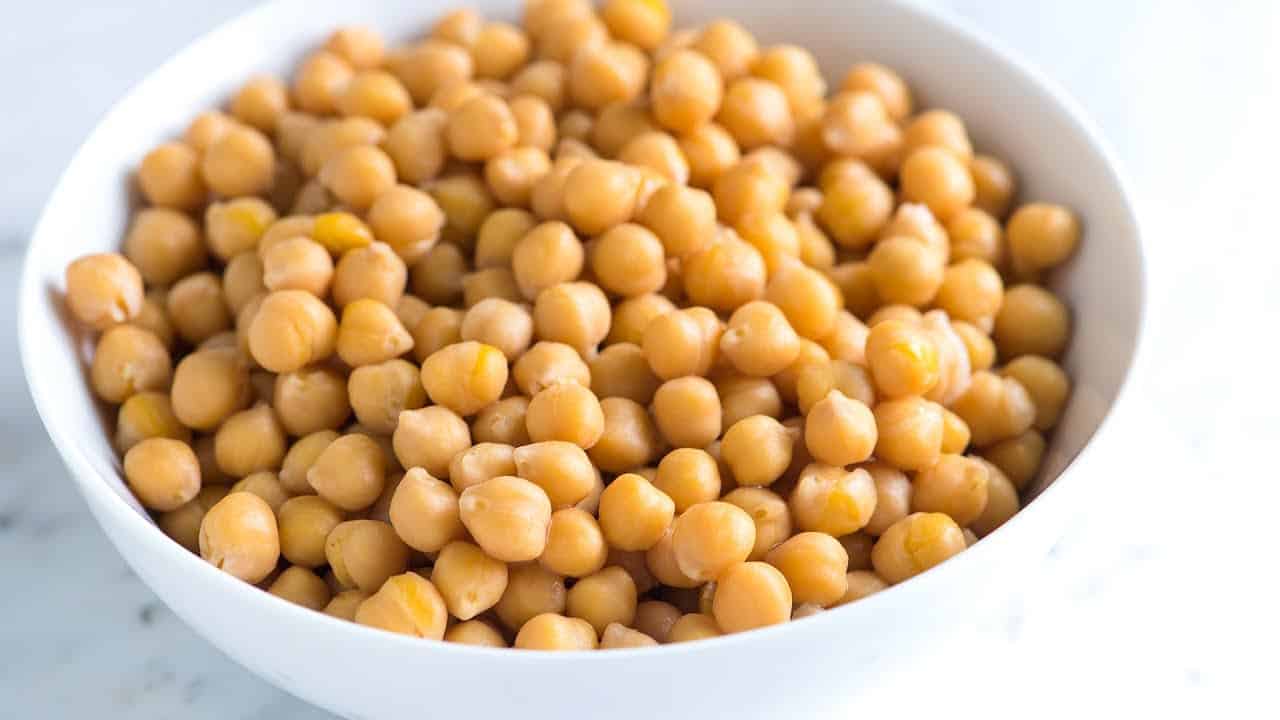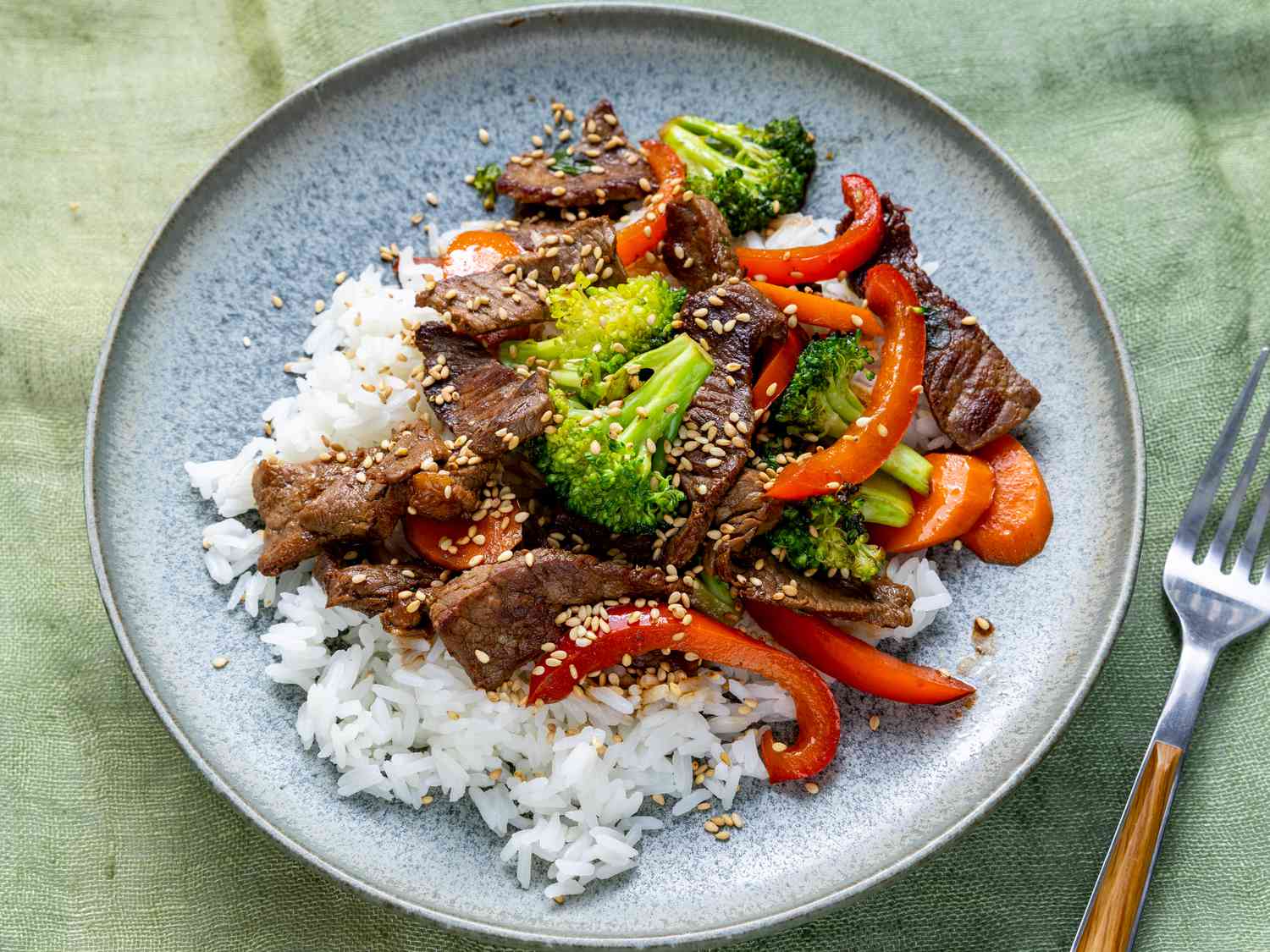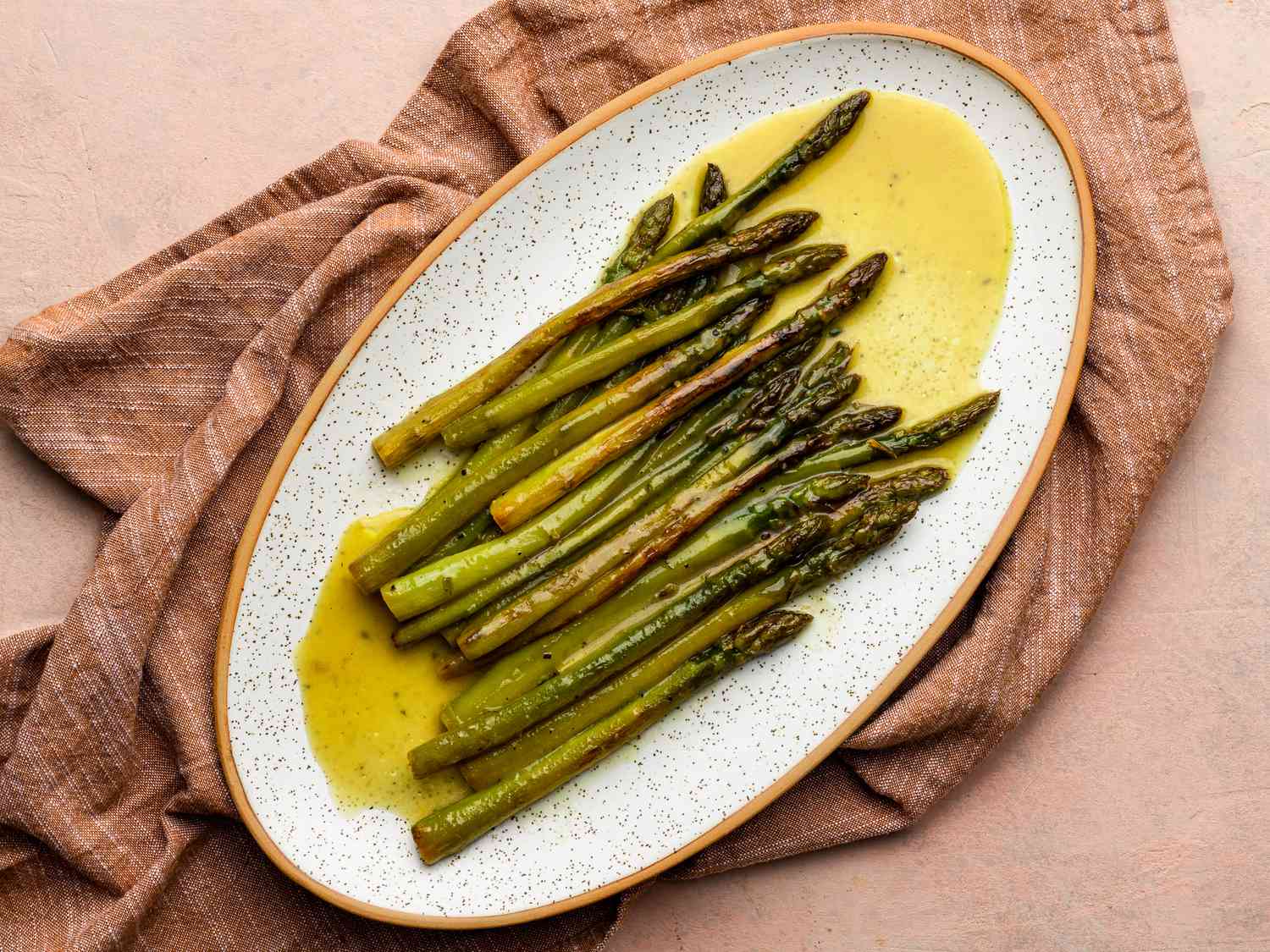The Beautiful, Versatile, and Delicious Japanese Purple Sweet Potato
When it comes to unique and vibrant ingredients, the Japanese Purple Sweet Potato stands out from the crowd. With its striking deep purple flesh and earthy flavor, it’s no wonder this tuber has gained popularity among food enthusiasts worldwide. If you’re curious about how to incorporate this colorful ingredient into your culinary repertoire, you’ve come to the right place. In this article, we will explore various cooking methods and share some enticing recipe ideas featuring the Japanese Purple Sweet Potato.
1. Roasting
Roasting is a fantastic way to showcase the natural flavors and vibrant color of the Japanese Purple Sweet Potato. To prepare this dish, start by scrubbing the potatoes clean. Next, slice them into evenly-sized pieces and toss them in a mixture of olive oil, salt, and pepper. Arrange the potato slices on a baking sheet and roast them in a preheated oven at 400°F (200°C) for about 30-40 minutes, or until they turn crispy on the outside and tender on the inside. This method brings out the potato’s natural sweetness and adds a delightful caramelized note.
2. Mashing
The Japanese Purple Sweet Potato is perfect for creating creamy and flavorful mashes. Start by peeling and cubing the potatoes, then boil them in salted water until they are fork-tender. Drain the potatoes and transfer them to a large bowl. Add butter, milk, salt, and any desired seasonings. Mash everything together until you achieve a smooth and velvety consistency. Enjoy the vibrant purple mash as a side dish or use it as a colorful base for creative recipes.
3. Fries
Who doesn’t love a plate of crispy, homemade fries? The Japanese Purple Sweet Potato lends itself perfectly to this classic dish. Begin by peeling the potatoes and cutting them into thin, even strips. Rinse them under cold water to remove excess starch, then pat them dry with a kitchen towel. Heat vegetable oil in a deep pot or fryer to around 350°F (175°C). Carefully add the potatoes to the hot oil and fry in batches until golden and crispy. Remove the fries from the oil, season them with salt, and serve them hot. These vibrant purple fries will be a hit at any gathering or as a satisfying snack.
4. Grilling
Grilling the Japanese Purple Sweet Potato brings out a smoky and robust flavor while maintaining its vibrant color. Begin by slicing the potatoes into long, thin wedges or rounds. Brush the slices with olive oil and season with salt, pepper, and any desired herbs or spices. Preheat the grill to medium-high heat and place the potato slices directly on the grates. Grill for approximately 4-5 minutes per side, or until they are tender and have grill marks. Grilled purple potatoes make a wonderful side dish to complement your favorite grilled meats or veggies.
5. Desserts
Don’t limit the Japanese Purple Sweet Potato to savory dishes – it can also take your desserts to a whole new level. Incorporate it into cakes, muffins, pies, or even ice cream. The natural sweetness and vibrant color of the potato add a unique twist to traditional dessert recipes. Puree the cooked sweet potato and use it as a substitute for other ingredients like pumpkin or mashed bananas. Get creative and experiment with different flavor combinations to create indulgent and visually appealing purple sweet potato desserts.
With these cooking methods and recipe ideas, you now have the knowledge and inspiration to make the most of the Japanese Purple Sweet Potato. Whether you enjoy it roasted, mashed, fried, grilled, or in a sweet treat, this versatile ingredient is sure to impress your taste buds and add a splash of color to your meals. So, go ahead and embrace the beauty and deliciousness of this extraordinary tuber in your culinary adventures. Happy cooking!
Was this page helpful?
Read Next: How To Cook Canned Clams
Shaikh Irfan
I am a good student, who actively participates in all activities, be it exams or extracurricular activities. I am Shaikh Irfan. I am working for an Islamic Organization.

